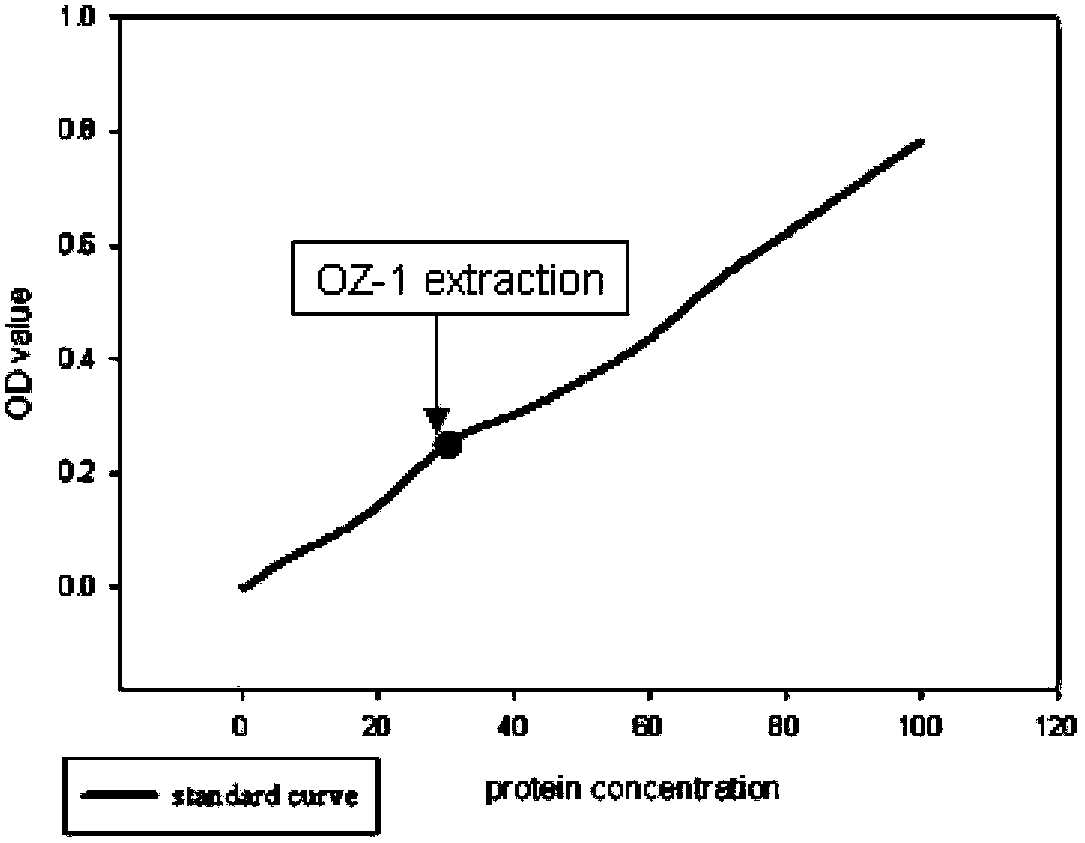Method for importing exogenous DNA (deoxyribonucleic acid) into nannochloropsis oculata chloroplast and related chloroplast genome sequence
A chloroplast genome, Nannochloropsis technology, applied in the field of biological genetic engineering, to achieve the effect of stable expression
- Summary
- Abstract
- Description
- Claims
- Application Information
AI Technical Summary
Problems solved by technology
Method used
Image
Examples
Embodiment
[0057] Embodiment: Realize the stable expression of green fluorescent protein GFP gene in Nannochloropsis chloroplast
[0058] 1. Validation of the restriction modification system of Nannochloropsis
[0059] The specific restriction endonucleases in bacterial cells are used to resist the invasion of phages, and this system is called the restriction modification system. This system is also present in cyanobacteria. The evolutionary status of unicellular eukaryotic microalgae is unique, whether there is a similar restriction modification system. To do this, use the following steps to verify:
[0060](1) Extraction of total protein from Nannochloropsis: Cultivate Nannochloropsis to logarithmic phase, 5000g, 10min, collect algae at 4°C; 5ml PENA solution (10mM K3PO4, 10mM EDTA, 50mM NaCland a tablet of aprotinin per 50ml, pH 7.0) rinse twice; suspend the algae in 1ml PENA solution; add 100mg glass beads, vortex vigorously for 1min; centrifuge at 4000g, 15min, 4°C; take the supe...
PUM
 Login to View More
Login to View More Abstract
Description
Claims
Application Information
 Login to View More
Login to View More - R&D
- Intellectual Property
- Life Sciences
- Materials
- Tech Scout
- Unparalleled Data Quality
- Higher Quality Content
- 60% Fewer Hallucinations
Browse by: Latest US Patents, China's latest patents, Technical Efficacy Thesaurus, Application Domain, Technology Topic, Popular Technical Reports.
© 2025 PatSnap. All rights reserved.Legal|Privacy policy|Modern Slavery Act Transparency Statement|Sitemap|About US| Contact US: help@patsnap.com



